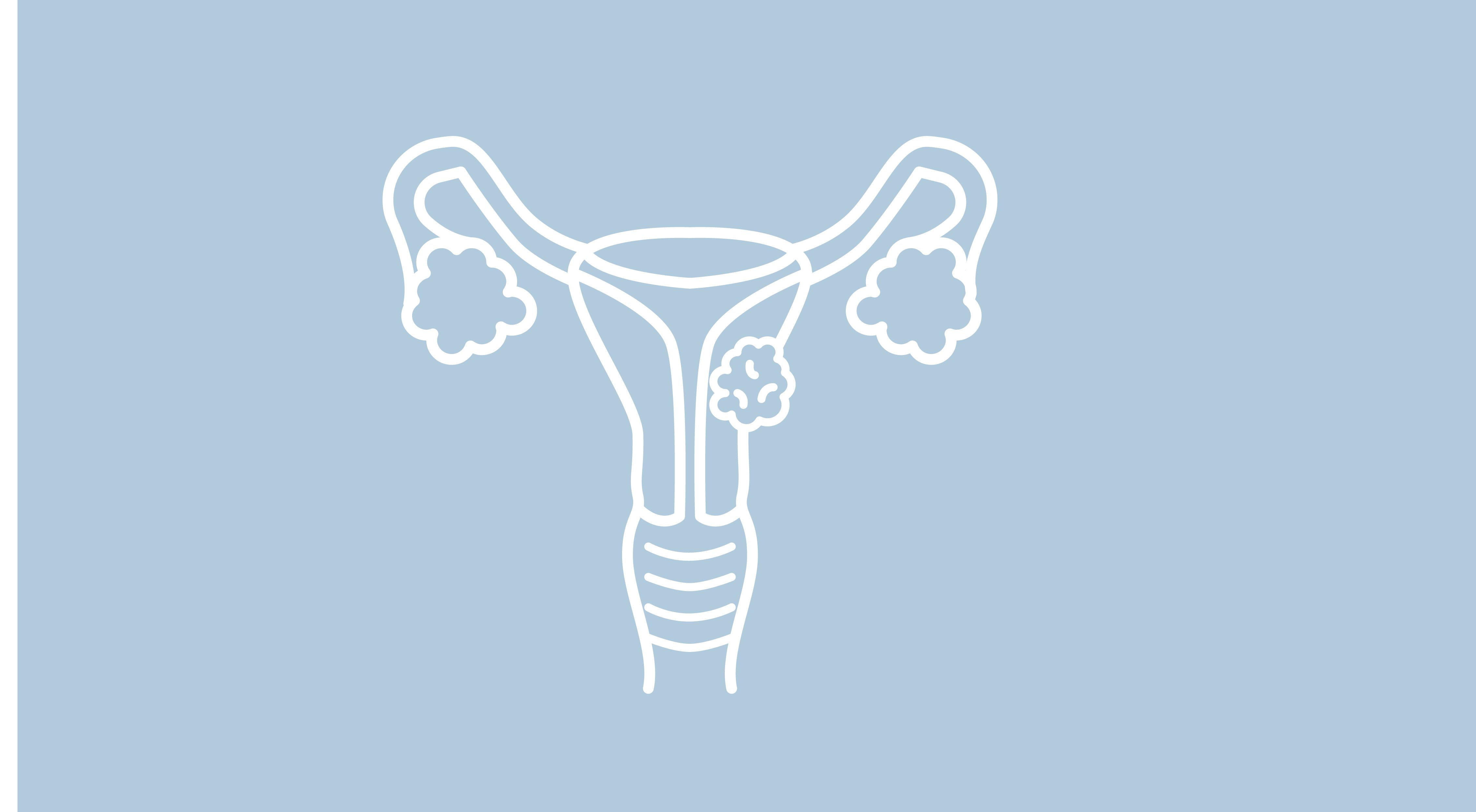Maintenance Selinexor Yields Survival Benefit in Advanced or Recurrent Endometrial Cancer
Selinexor demonstrated impressive efficacy in extending progression-free survival among patient with advanced or recurrent endometrial cancer, particularly among patients with wild-type p53 endometrial cancer.
Maintenance Selinexor Yields Survival Benefit in Advanced or Recurrent Endometrial Cancer

Patients with advanced or recurrent endometrial cancer experienced superior progression-free survival (PFS) following treatment with maintenance selinexor (Xpovio) monotherapy, according to findings from the phase 3 SIENDO/ENGOT-EN5/GOG-3055 study (NCT03555422) that were presented during the 2022 SGO Annual Meeting on Womens’ Cancers.
The findings demonstrated that in the intent-to-treat (ITT) population, the median PFS was 5.7 months (95% CI, 3.81-9.20) in the selinexor group vs 3.8 months (95% CI, 3.68-7.39) in the placebo group (HR, 0.705; 95% CI, 0.499-0.996; one-sided P = .024).
Furthermore, at 3-month follow-up, the PFS rates in the selinexor and placebo groups, respectively, were 72.4% vs 66.4%. At a 6-month follow-up, PFS rates were 48.2% vs 40.9%; at a 9-month follow-up, rates were 41.7% vs 34.1%, and by 12 months of follow-up, the rates were 35.3% vs 25.8%.
Among patients with endometrioid carcinoma who also had histologic subtype identified in a prespecified exploratory analysis, the median PFS between the selinexor and placebo groups, respectively, were 9.2 months vs 3.8 months (HR, 0.573; 95% CI, 0.348-0.944; one-sided P = .014).
Patients with a serous histology achieved a median PFS of 3.8 months vs 3.7 months, respectively (HR, 0.859; 95% CI, 0.481-1.533; P = .309), and patients with wild-type p53 endometrial cancer achieved a median PFS of 13.7 months (95% CI, 9.20-not reached) vs 3.7 months (95% CI, 1.87-12.88), respectively (HR, 0.375; 95% CI, 0.210-0.670; one sided P = .0003).
“Selinexor demonstrated in the audited ITT population a 30% decrease in risk for progression and/or death compared with the placebo, but this was not significant in the non-audited population,” Ignace B. Vergote, MD, PhD, head of the Department of Obstetrics and Gynecology and Gynecologic Oncology, Catholic University of Leuven, Belgium, said in a presentation during the meeting.
Investigators enrolled patients with stage IV disease or who on their first relapse, including those with endometrioid, serous, undifferentiated, or carcinosarcoma histology. Patients needed to have at least 12 weeks of treatment with taxane and carboplatin followed by a partial response (PR) or complete response (CR). Previous surgery, radiotherapy, or hormonal therapy were allowed.
Patients were randomized 2:1 to receive either 80 mg of selinexor weekly until progressive disease (n = 174) or placebo (n = 89). The primary end point of the trial was investigator-assessed PFS and key secondary end points included overall survival, PFS by blinded independent central review, and disease control rate. Predefined exploratory end points included histological subtype and molecular subclassification.
In the selinexor cohort, 33.3% of patients were 70 years or older and most patients had an ECOG performance status of 0 (56.9%) or 1 (40.8%). Most patients had endometrioid (55.2%) and serous (28.2%) histology. At the time of treatment with the combination chemotherapy regimen, most patients had recurrent disease (55.2%) and 44.8% had stage IV disease. Additionally, 59.8% had a PR and 40.2% had a CR following most recent chemotherapy.
Additionally, in the placebo cohort, 31.5% of patients were 70 years or older, all of whom had an ECOG performance status of 0 (60.7%) and 1 (39.3%). Most patients in the cohort had endometrioid (53.9%) and serous (31.5%) histology. Moreover, 51.7% of patients had recurrent disease and 48.3% had stage IV disease at the time of combination chemotherapy. After the most recent chemotherapy treatment, 55.1% of patients had a PR, and 44.9% had a CR.
Notably, investigators stated that stratification factor of CR and PR was incorrect for 7 patients and was corrected before the database's lock and unblinding. The median follow-up was 10.2 months (95% CI, 8.97-13.57).
In terms of safety, the most common any-grade treatment-emergent adverse effects (TEAEs) in the selinexor arm were nausea (84%), vomiting (52%), constipation (37%), and thrombocytopenia (37%) and grade 3/4 TEAEs included nausea (10%), neutropenia (9%), asthenia (6%), fatigue (6%), and thrombocytopenia (6%). For the placebo group, common any-grade TEAEs included constipation (38%), nausea (34%), diarrhea (23%), and asthenia (21%) and grade 3/4 TEAEs included constipation (2%), nausea (1%), vomiting (1%), fatigue (1%), and asthenia (1%).
Moreover, in the selinexor arm, 49.7% of patients required a dose reduction, 51.5% needed a dose interruption, and 10.5% discontinued. For patients treated with placebo, 3.4% needed a dose reduction, 18.2% had a dose interruption, and 1.1% discontinued. No TEAEs led to death in either arm.
In terms of patient-reported quality of life, investigators did not observe any significant differences in global health, physical functioning, or symptoms.
Reference
- Vergote I, Pérez Fidalgo A, Hamilton E, et al. SIENDO/ENGOT-EN5/GOG-3055: a randomized phase 3 trial of maintenance selinexor versus placebo after combination platinum-based chemotherapy in advanced or recurrent endometrial cancer. Presented at: 2022 SGO Annual Meeting on Women’s Cancer; March 18-21, 2022; Phoenix, Arizona. Abstract 249.



